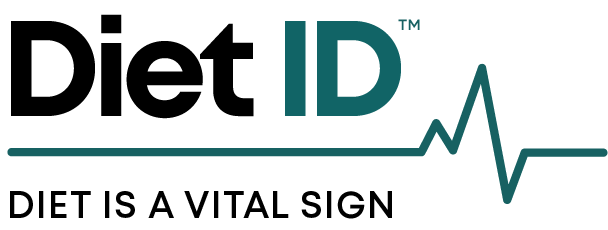For those of us in the northern parts of the world, spring has finally sprung. While life feels different for most of us, ever trustworthy Mother Nature once again renews her perpetual cycle of life. Perhaps the fragrant blossoms, chirping baby birds, bright blue sky, and warm, calm breeze are helping to lift your spirits and outlook for easier times ahead. If you haven’t done so already, now is the perfect time to start or boost your own vegetable garden.
Gardening is gratifying in more ways than one. Growing your own food:
connects you with nature in the fresh spring air, which is an effective strategy to combat cabin fever and even depression
is a form of exercise (really), enhancing muscle strength and flexibility
saves money over buying at the store
significantly decreases your carbon footprint
is a wonderful way to bond with your partner and/or children
imparts a sense of ownership and feeling of accomplishment
provides you with fresh, delicious, nutritious food.
And of course, what better way to meet your goals for more veggies in your meals?
If you are a novice gardener, skip the seeds this year and start small: buy a few potted herbs (parsley, basil, thyme, and mint are great choices) at the farmer’s market, garden center, or grocery store. Place them indoors or outdoors in a spot exposed to plenty of sunlight. Keep the soil moist with daily watering, and make sure the plants have enough soil (you might have to transfer the herbs to a larger pot). You’ll know the plants need more room if they start to yellow and wilt in spite of getting ample sun and water.
If you’re ready to go beyond herbs, the easiest things to grow are tomatoes, bell or chili peppers, and summer squash like zucchini. Again, start from seedlings, not seeds, this year; you can always be more ambitious next year (and you’ll need to start sooner in the year if you plant seeds). You can buy a raised bed (great for keeping out the critters) or section off an area of the ground.
Before you start, make sure you prepare your soil properly. Ask your local garden center or get information online from reputable sources like the Farmer’s Almanac and Better Homes and Gardens.
If you grow flowering plants like tomatoes indoors, make sure you pollinate manually by giving the plants a gentle shake a few times a day, because you won’t have wind and insects to do it for you!
If you haven’t started yet, now’s a great time to start composting. You’ll improve the health of your garden and the yield of your harvest, and of course recycling what would otherwise be waste.
When you’re ready to snip your basil, dig up your lettuce, and pick your cherry tomatoes, follow instructions like these to encourage continued growth and avoid damaging the plants.
When I started my first garden, the most helpful thing I found was to chat with other gardeners to ask questions and get their best tips, especially those from my community with the same challenges (critters, climate, soil health). You can find local Facebook groups or talk to friends in the neighborhood to help you connect with other veggie gardeners in your area. Good luck!




